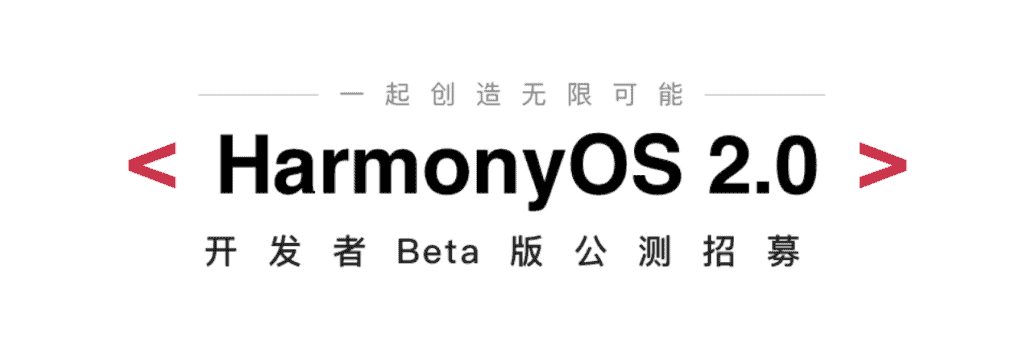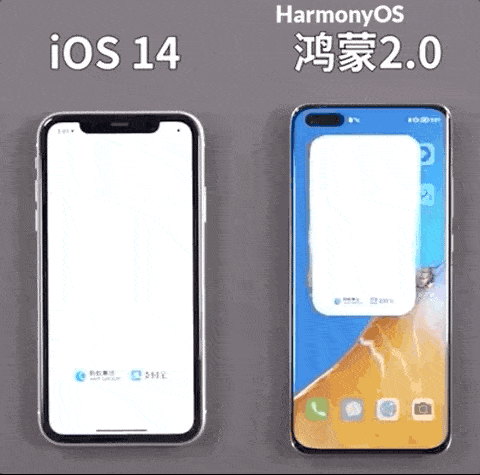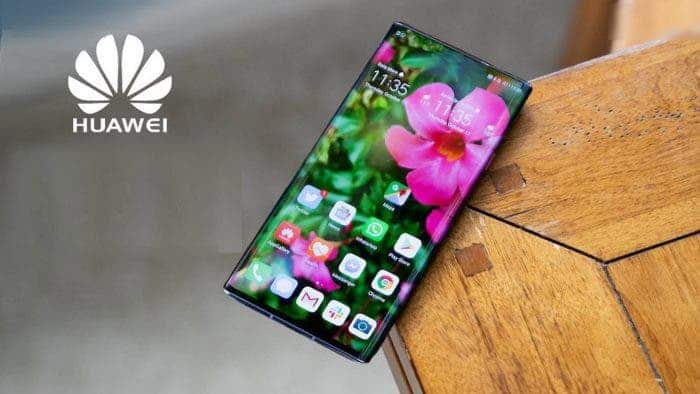After the ban on Huawei, the company launched its own operating system, HarmonyOS. This system has been available for other devices. However, it only arrived on smartphones a few weeks ago. Presently, the developer’s public beta of the HarmonyOS 2.0 is available for multiple Huawei smartphones. Thus, the first user experience of this system is already in the public domain. According to Huawei, its smartphones will be able to fully upgrade to HarmonyOS once the system is ready. This post looks at the report from users regarding the HarmonyOS 2.0 on smartphones. How does it compare to Android and iOS?

1. HarmonyOS 2.0 comes with swift and seamless interconnectivity
One of the first praises that this system got is its interconnectivity. This is not entirely a surprise because Huawei actually said that HarmonyOS is an IoT system. According to users, the apps clearly demonstrate a straightforward connectivity system. One user said that after switching to a Huawei Tablet, the smartphone automatically becomes a remote control!

In addition to the remote control, the HarmonyOS 2.0 system can also display background information and star exclusive viewing angles on the mobile phone when playing videos on the tablet.
The user emphasizes that this is not a simple screen projection. However, it is equivalent to handing over the application’s page drawing and logic to the peer device for processing. The system allows the complete take over of one device from another device without delays.
2. Light Apps, swift start-up speed
According to multiple beta testers, the memory of this system is small and the startup speed is high. This is another bright spot of HarmonyOS 2.0. According to reports, the memory usage of HarmonyOS 2.0 is hundreds of megabytes less than EMUI 11.
Furthermore, another user said that HarmonyOS 2.0.0.053 has three built-in apps – CCTV, Youku, and Sina News. According to reports, the app size of these apps is very small. Specifically, the CCTV audio and video is only 1.35MB.
Furthermore, after updating from EMUI 11 to HarmonyOS 2.0, the same smartphone feels better. This is the review from multiple users currently on the beta testing program. The apps start faster including settings, album, mail, and other applications. One user claims that the battery in HarmonyOS 2.0 is slightly stronger. However, this is not a popular opinion thus we do not consider it to be a major point.
Of course, HarmonyOs 2.0 is far from perfect. According to reports, there are some areas of this system that needs improvements. There are reports of occasional stuttering as well as occasional freezes under certain conditions. Furthermore, there are reports that the current HarmonyOS 2.0 suffers from serious jams when loading games.
3. iOS / Android Vs HarmonyOS – too early to call
You may be expecting a detailed comparison between HarmonyOS and Android / iOS. Well, sorry to disappoint you, it’s too early to do that. HarmonyOS 2.0 is still in its developer beta testing stages thus, there is no room for any detailed result yet.

However, preliminary reports show that both HarmonyOS 2.0 and iOS 14 have their own merits. In terms of game software, iOS 14 loads faster than HarmonyOS. However, in terms of applications like Alipay, HarmonyOS is almost instantaneous while iOS 14 loads for a while.
As for Android, many users who have upgraded from EMUI 11 to HarmonyOS 2.0, claim that the latter is better. This is even more obvious when it comes to gaming. One user even claimed that he noticed a significant drop in the device temperature while gaming. All these points will require verification when the official stable HarmonyOS 2.0 arrives.
4. HarmonyOS retains some Android prints but its really different
Since the first day that Huawei announced HarmonyOS, there have been reports that Huawei’s system is just Android in disguise. However, with HarmonyOS 2.0 now on smartphones, is this system truly Android in disguise? First of all, on the boot screen, HarmonyOS 2.0 has no “Powered by Android”. Thus, this is not an Android system, at least not directly.
However, looking deeper, one user (@phorcys) noticed that the underlying system process is “com.android.shell”. According to him, the system/framework (system file source directory) has less than 1/3 of the content compared to ordinary Android phones. Most of these Android-related features on HarmonyOS are Huawei libraries which the company probably imported.
According to Huawei’s official previous statement, HarmonyOS is still compatible with Android applications. Considering the compatibility claim, it is inevitable that this system will have a large number of Android apk interfaces (android path).
Simply put, a large part of HarmonyOS has nothing to do with Android. While the mobile version of HarmonyOS 2.o retains some traces of Android, the core of this system contains Huawei’s proprietory achievements.
5. Will other manufacturers use HarmonyOS?
According to users, HarmonyOS 2.0 is good enough for other manufacturers to adopt. However, this is not a decision for users. Huawei claims that HarmonyOS has been in development since 2016. However, the company had to prematurely announce this system after the ban on Huawei in 2019. With the current trend of the U.S., Chinese manufacturers are weary. Thus, the simple answer to this question will be, YES, other Chinese manufacturers will probably use HarmonyOS. However, the response to this question is NEVER as easy as it sounded above.
Although there are reports that other manufacturers will use this system, none have publicly confirmed their interest. So far, only Meizu has given a hint that it may use Huawei’s HarmonyOS.
However, it appears that Huawei and Qualcomm are working together to ensure that HarmonyOS is compatible with Qualcomm’s platform. The leak from popular Weibo leakster @DigitalChatStation claims that HMS plans to adopt Qualcomm’s platform. He further said that the goal of Huawei is very big. However, he has now deleted the Weibo post which cast some doubt on the authenticity of the claim.
No doubt, HarmonyOS is still a far cry from the likes of Android and iOS. Thus, it will not be easy for manufacturers to adopt a system whose future is still bleak. Nevertheless, considering the current progress of the HarmonyOS 2.0, it is performing better than many expected it to.
Conclusion
The progress of the HarmonyOS development for smartphones is impressive. However, Huawei has much more work to do if it must compete with Android and iOS. Chinese OEMs will be the key to the success of HarmonyOS for smartphones. However, app compatibility will also be another major aspect to consider.





